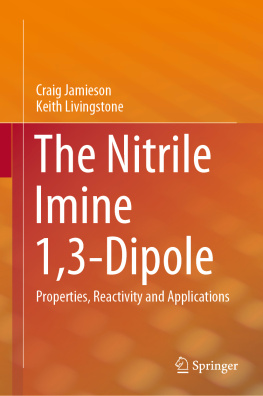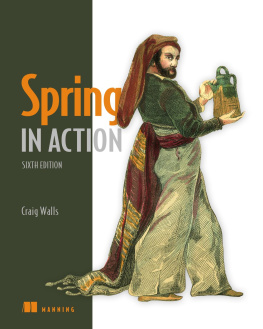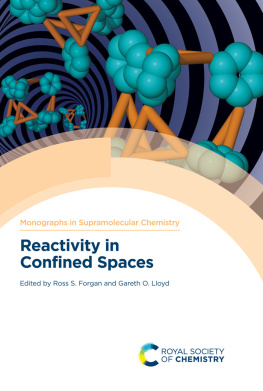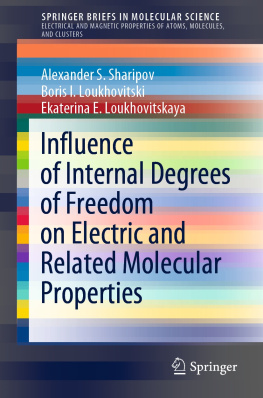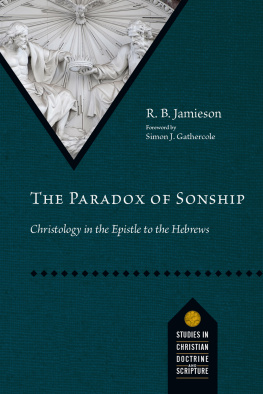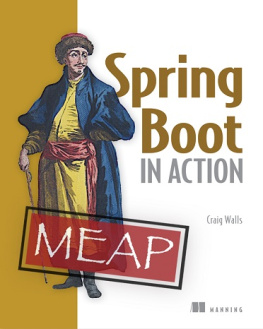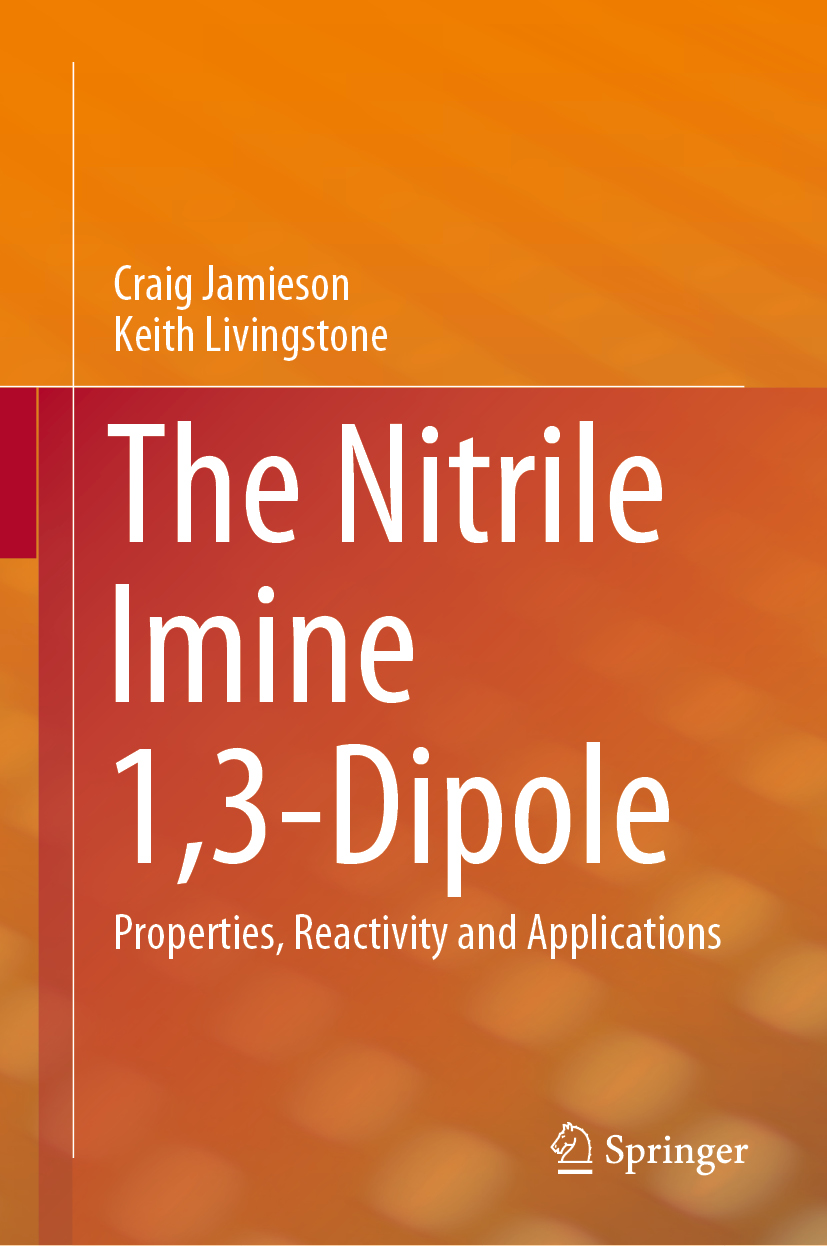Craig Jamieson
Department of Pure and Applied Chemistry, University of Strathclyde, Glasgow, UK
Keith Livingstone
Department of Pure and Applied Chemistry, University of Strathclyde, Glasgow, UK
ISBN 978-3-030-43480-9 e-ISBN 978-3-030-43481-6
https://doi.org/10.1007/978-3-030-43481-6
The Editor(s) (if applicable) and The Author(s), under exclusive license to Springer Nature Switzerland AG 2020
This work is subject to copyright. All rights are solely and exclusively licensed by the Publisher, whether the whole or part of the material is concerned, specifically the rights of translation, reprinting, reuse of illustrations, recitation, broadcasting, reproduction on microfilms or in any other physical way, and transmission or information storage and retrieval, electronic adaptation, computer software, or by similar or dissimilar methodology now known or hereafter developed.
The use of general descriptive names, registered names, trademarks, service marks, etc. in this publication does not imply, even in the absence of a specific statement, that such names are exempt from the relevant protective laws and regulations and therefore free for general use.
The publisher, the authors and the editors are safe to assume that the advice and information in this book are believed to be true and accurate at the date of publication. Neither the publisher nor the authors or the editors give a warranty, expressed or implied, with respect to the material contained herein or for any errors or omissions that may have been made. The publisher remains neutral with regard to jurisdictional claims in published maps and institutional affiliations.
This Springer imprint is published by the registered company Springer Nature Switzerland AG
The registered company address is: Gewerbestrasse 11, 6330 Cham, Switzerland
Preface
The authors dedicate this work to Rolf Huisgen and his many coworkers, the architects of a tremendous portion of the 1,3-dipole chemistry in use today.
We also wish to clarify a handful of technical details relating to the construction of this manuscript. Firstly, all reported products of 1,3-dipolar cycloaddition reactions afford a single or extremely dominant regioisomer unless otherwise indicated.
Additionally, the literature concerning NIs is dominated by 1,3-dipolar cycloadditions with alkenes, and this may appear disproportionate relative to the page allocation for different NI reaction partners within theReactivitysection of this book. We have taken this decision for two reasons. Firstly, the majority of examples of NI-alkene cycloadditions not reported herein apply this reaction as a means to an end and is not the primary focus of the manuscript. All relevant articles that in some manner further the understanding of, or expand the application scope of, the NI-alkene cycloaddition have been included within this book, along with other selected examples. Secondly, the principal objective of theReactivitysection of this work is to provide a complete and balanced overview of all potential reaction partners. A vast excess of NI-alkene cycloaddition methodology would only dilute the impact and compromise the structuring of this section.
This book is intended to provide complete, authoritative coverage of the literature up to May 2019 (inclusive). While a handful of citations after this date are included, the authors must stress that it is possible that some publications after this time may have been overlooked due to the preparation of the manuscript taking place during this period.
Craig Jamieson
Keith Livingstone
Glasgow, UK

